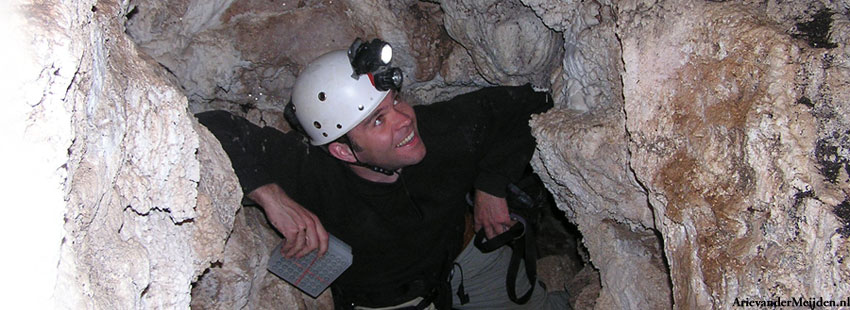
Arie van der Meijden
I am a biologist, currently working at the CIBIO-InBIO institute in Portugal as a researcher at the Phenotypic Evolution group. I work on comparative functional ecology of both vertebrates and invertebrates. See my publication list for more details, or explore some recent projects below.
Research
As an evolutionary biologist, I study how functional complexes evolve, and how these influence the physical performance of organisms.
- Venomics
- µCT and synchrotron scanning
- Comparative biomechanics
- Behavior
- Motion analysis
Using genetics to resolve the pattern of evolution. Knowing these evolutionary patterns is essential to understand how new innovations have evolved on the tree of life.

Using FEA, we can model where biological structures incur the highest stresses and strains, and how they are optimized for their different biological roles.

Scorpions display a trade-off between speed in force in the design of their pincers; Some species are fast, others are strong. We want to know why.

How do insects modify the light reflected off their skin? How have these structures evolved?

Technology
To measure biological performance, I design devices, and also aim to make devices inspired by living systems.
By using a low duty cycle, and a limited current, we were able to stimulate the venom glands of scorpions and spiders to extract their venom. This method does not damage the animal. You can download the schematic and code here.

To measure attachment forces of snails, we put them on a spinning disk, and then record the g-force at which they detach. A publication is in preparation.

To detect interesting optical characteristics in insects, I constructed a scanner to quickly check large numbers of insects for optical properties, such as iridescence and polarization.

By making scorpions sting into an oil chamber, we were able to record high-speed video of the venom accumulating into a spherical droplet. By measuring the diameter, we could measure flow rates.
In order to roll 3D models of giant tortoises, we needed to know where the center of mass of these giant beasts lies. By carefully measuring the forces on a tilting platform, we figured it out. The sensors were kindly sponsored by HBM.

Natura technologiae magistra?
Spider silk is famously tough. But such strong lines need to be attached well to any surface. How do spiders do that?

Insects can manipulate light using the microstructures on their skin. They can generate brilliant colors, and even polarize the light. We are looking for interesting light-manipulating structures.

Impact
I actively promote my research in the popular press.
Our 2021 PLOS ONE article on getting mRNA from venom received considerable press coverage, including
- National Geographic
- De Volkskrant newspaper
- BNR Newsradio
- Vroege Vogels, NPO1 radio
- and many online news outlets, blogs and tweets
Mátyás Bittenbinder made a nice explanatory video about it:
This article, in which we compared the trajectory shape of the defensive strike of several scorpion species, was enthusiastically picked up by the media.
Popular websites:
Functional Ecology on Youtube (293k views):
Video by NowThisFuture:
Mashable:
Discovery Channel Canada also made two items about this research (featuring…Pedro and myself!):
A few science news articles covering our 2013 PlosONE article on the relationships between morphology, performance and behavior.
Falling over is a big risk for a tortoise. We wanted to know if shell shape helped them to get back on their feet. Of course you cannot roll them, so we carefully measured their center of mass, and rolled computer models of tortoises.
An item on TV Rijnmond about measuring the center of mass of live giant tortoises. There was also an item on Radio Rijnmond (Dutch). Aired 25-2-2013
We looked at the muscles inside the huge jaws of camel spiders (arachnids that are not spiders, but in their own order called Solifugae).
This video on our 2012 article on Camel Spiders aired on Discovery Channel Canada in 10-2012.